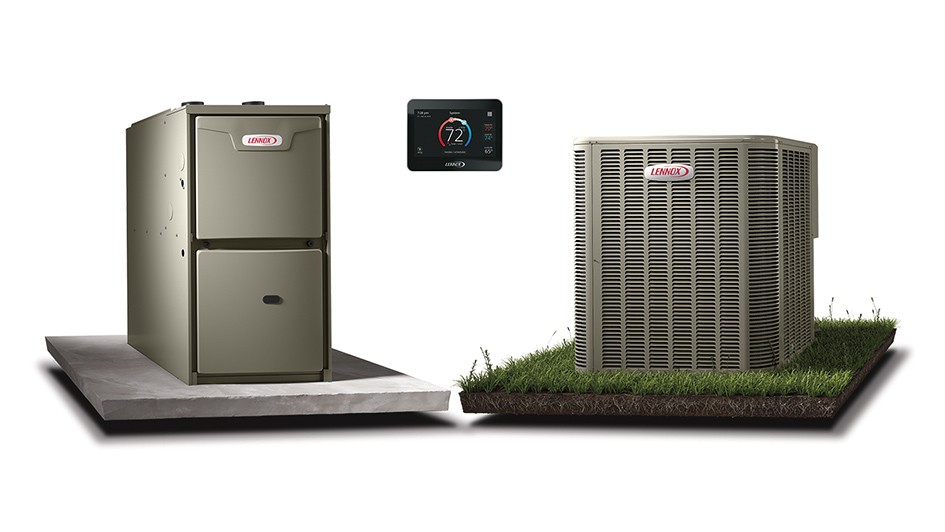
The idea of installing both a furnace and heat pump might seem a little strange at first. After all, why do you need two sources of heat? Even though furnaces and heat pumps both provide energy-efficient heat, the variations in their design really make using both of them a worthwhile option. It’s not for everybody, but in the right conditions you can truly benefit from owning a furnace and a heat pump.
You’ll need to take a look at several factors in order to decide if this type of setup works for you. Your local climate and the size of your home are both very important, namely for the heat pump. This is because numerous models of heat pumps will function less effectively in colder weather and larger homes. Even so, you can still benefit from heat pump installation in Columbus.
Heat Pumps Can Be Less Effective in Colder Weather
Heat pumps are generally less effective in cold weather as a result of how they create climate control to start with. Unlike furnaces, which ignite fuel to generate heat, a heat pump reverses its supply of refrigerant to draw heat from outdoor air. This heat is then drawn inside and dispersed throughout your home. Assuming there is still a little heat energy in the air, a heat pump can function. But the colder the temperature, the less effective this process is.
The less heat energy is usable outside, the more time is needed for a heat pump to draw heat indoors to reach your preferred temperature. It can depend on the specific make and model, but heat pumps may start to lose efficiency at temperatures of 40 degrees and under. They should still be an energy-efficient option until 20-25 degrees, after which a gas furnace will be more effective.
What Temperatures Do Heat Pumps Run Best In?
Heat pumps manage best in temperate climates 40 degrees and up. That said, you don’t have to give up on the benefits of a heat pump just because the local climate is cold. As a matter of fact, that’s why using both a furnace and heat pump might be worth the expense. You can favor the heat pump for energy-efficient heat until the weather is cold enough to warrant shifting to something like a gas furnace.
Some makes and models claim greater efficiency in cold weather. For example, the Lennox MLA heat pump is capable of working at 100% capacity at 0°F. It can even continue running in temperatures as cold as -22°F. For maximum energy efficiency, you’ll likely still want to switch to the furnace in particularly cold weather.
So Should I Put in a Heat Pump if I Use a Gas Furnace?
If you’re interested in maintaining the most energy-efficient HVAC system available, having a heat pump and gas furnace at the same time deserves the investment. Not only is a dual-heating system versatile, but it offers other perks such as:
- Dependable backup heating – A redundant heating system means even if one breaks down, you still have the ability to heat your home. It might not be the most energy efficient, but it’s better than shivering in an unheated home while you hold out for repairs.
- Lower energy costs – The ability to decide which heating system you use based on the highest energy efficiency reduces your total costs. Smaller heating bills over the life of these heaters can really add up to a lot of savings.
- Less strain on both systems – Rather than running one system all winter long, heating duties are separated between the furnace and heat pump. Essential components will sometimes live longer as they’re not under continuous use.
If you’re still not sure about heat pump installation in Columbus, don’t hesitate to contact your local expert technicians. They can review your home’s comfort needs and help you decide if a dual-heating HVAC system is the right option.
